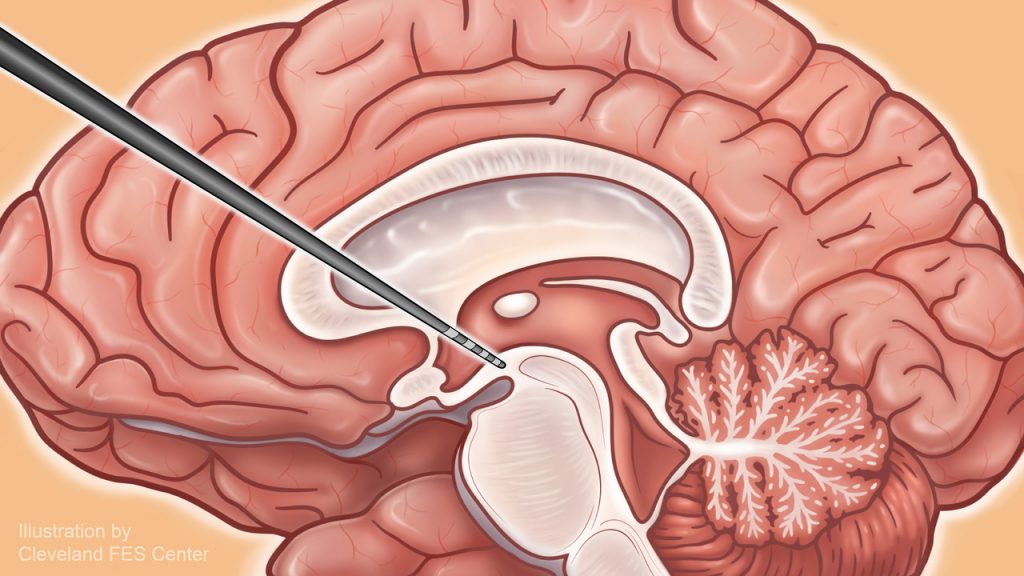Chronic Physiologic and Behavior Changes Induced by Novel STN DBS patterns for Parkinson’s Disease
This study will provide insight into the therapeutic potential and mechanisms of coordinated reset (CR) and traditional DBS while improving our understanding of the relationship between neural activity within and across key nodal points of the pallidothalamocortical circuit and the manifestation of parkinsonian motor signs.

About This Study
The program will evaluate and characterize a coordinated reset (CR) DBS developed by Tass, which involves the application of randomized bursts of stimulation across spatially distinct regions of the subthalamic nucleus (STN) in order to desynchronize pathological neural activity across the pallidothalamocortical circuit.
Study Information
Using an established preclinical model of PD, the magnitude and time course of CR DBS’ effects on individual parkinsonian motor signs will be determined, both during treatment as well as following its discontinuation, and compare those to changes observed during traditional STN DBS. Additionally, the use of chronic recording arrays implanted in the motor cortex and basal ganglia will be used to assess the changes synchronized oscillatory neural activity that occur across the pallidothalamocortical circuit coincident with improvement in and recurrence of individual parkinsonian motor signs.
Principal Investigator: Kenneth Baker, PhD
Contact Email: info@FEScenter.org
